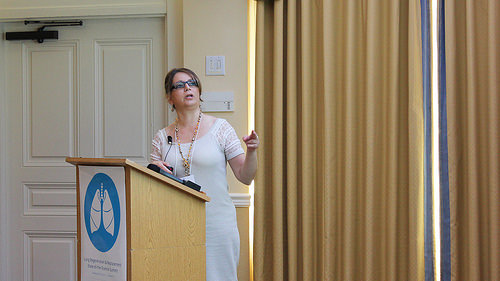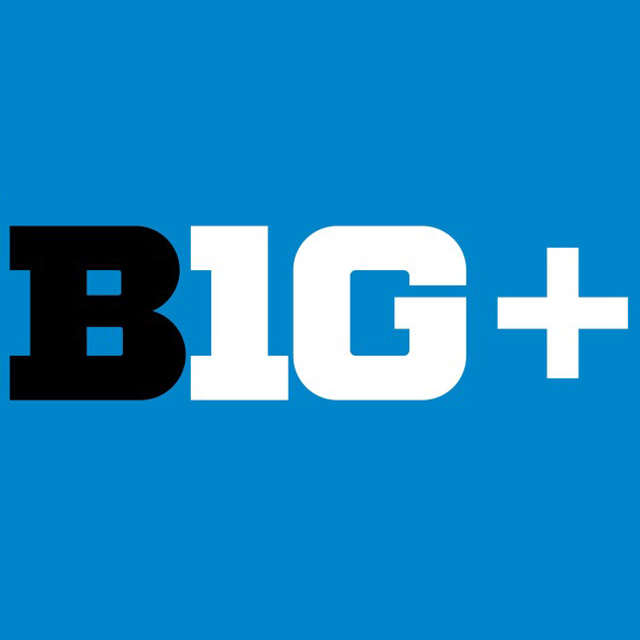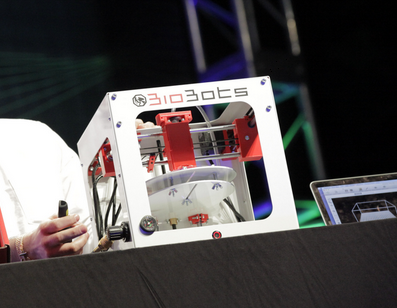BTN.com staff, BTN.com staff, June 11, 2015

Inspired by their experiences in college and elsewhere, these Pathfinders are passing by the typical, well-trod career paths and blazing their own trails. We?ll explore the unconventional approaches these Big Ten alums and faculty are taking to work.
 Dr. Angela Panoskaltsis-Mortari, professor of pediatrics and medicine at the University of Minnesota, recently received the gift of a lifetime - a new bioprinter, one of 20 worldwide distributed by a company called BioBots.
Dr. Angela Panoskaltsis-Mortari, professor of pediatrics and medicine at the University of Minnesota, recently received the gift of a lifetime - a new bioprinter, one of 20 worldwide distributed by a company called BioBots.
?I was just ecstatic because I had been wanting one for years,? she said.
What, exactly, is a bioprinter, and why is she so excited about it? Essentially, this machine - which is still in the experimental phase - allows her to explore the potential of one day being able to ?print out? spare body parts such as ears or muscle fibers (and possibly complex organs like lungs or livers) for transplants.
The bioprinter is also used to create more relevant three-dimensional tissue models to test cell behavior and drugs without having to use a whole animal, bringing in a different complexity and sophistication to the analysis of drugs.
Panoskaltsis-Mortari?s work with the bioprinter places her at the forefront of research that could transform transplant medicine, drug testing, burn therapy and many other fields of health care. It?s the first such device at the university, and she hopes that eventually it can anchor a campus-wide lab for everyone who is interested in using it.
?I received a lot of inquiries from many investigators on campus for how they could use it,? she added.
She?s planning to use the bioprinter on her own project this year, which involves printing a piece of an esophagus that she will be able to sew into a pig. Her goal with this project is to create an alternative to what surgeons currently do to repair esophagi, which is to insert hollow tubes, or ?stents,? through a complex surgical procedure.
Panoskaltsis-Mortari and her colleagues are also using the machine to test different types of ?bio-ink? in order to determine which ones are most compatible with different cells. Bioprinted components can be completely personalized by using a patient?s specific dimensions and customizing the bio-ink using cells from their own body.
Bioprinters have already been used to print biodegradable materials. Panoskaltsis-Mortari cited a recent case where a device was used to print a trachea and bronchus stent. It was then transplanted to a young patient with a collapsed trachea. Over the next couple of years, the body absorbed the material as the patient?s trachea built itself up.
[btn-post-package]Though bioprinting is still in its early stages and has been successful at building supportive stents for living tissue and organs, Panosklatsis-Mortari predicts printing entire softer-tissue organs, particularly those with hollow tube-like structures like blood vessels, in the near future. Bones, tendons, teeth, cartilage, ligaments and skin are most imminent, probably within the next two years, she said.
However, there?s still a long way to go before researchers begin creating kidneys and hearts with just the push of a button. Complex, solid organs like lungs and livers are difficult to integrate into existing networks of blood vessels and nerves.
Printing entire limbs and organs also appears to be many years off right now, but people are working hard to reach that goal sooner. A group at Wake Forest Institute for Regenerative Medicine, for instance, is printing small blocks of organs and putting the blocks together like Legos. And they?re printing small cell packets and merging them together to create organs in order to test drugs.
It?s a small step toward the dream of being able to print entire organs for transplants. Yet even today, bioprinting can revolutionize medicine.
?To me, bioprinting is a game-changer for medical research,? she said. ?The promises it holds for personalized medicine are just really exciting for us and open up new potential for a lot more interdisciplinary interaction, which lead to new discoveries. Even if we never print an entire organ for transplant, people are already using 3-D bioprinting.?
By Maggie Hays







 Basketball is back! Find available live games on our B1G+ app via BigTenPlus.com.
Basketball is back! Find available live games on our B1G+ app via BigTenPlus.com. 